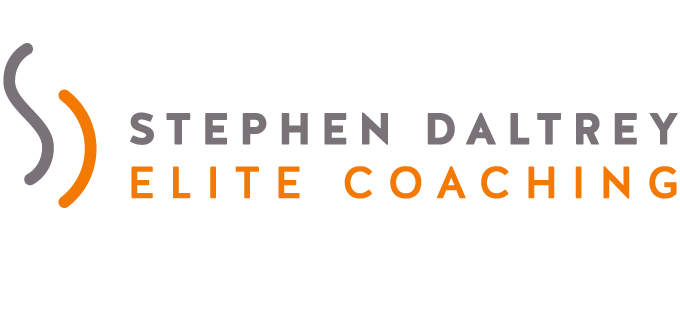 https://www.stephendaltrey.com/wp-content/uploads/2024/05/typewriter_1500x1000.jpg
1000
1500
16kadmin23
https://www.stephendaltrey.com/wp-content/uploads/2022/08/StephenDaltrey_logo_2_680x312.png
16kadmin232024-05-03 13:06:442025-10-04 14:29:20Transforming Leadership Series #6 – Words Matter
https://www.stephendaltrey.com/wp-content/uploads/2024/05/typewriter_1500x1000.jpg
1000
1500
16kadmin23
https://www.stephendaltrey.com/wp-content/uploads/2022/08/StephenDaltrey_logo_2_680x312.png
16kadmin232024-05-03 13:06:442025-10-04 14:29:20Transforming Leadership Series #6 – Words MatterTwo more secrets to powerful relationships
When we meet new people, either at work or socially, most of us want to make a good first impression. Putting the other person at ease and focusing on building rapport quickly are natural tools that most of us to an extent already use without even realising it.
In my last two articles, I pointed out the importance of noticing what’s happening in (a) you, (b) the other person, and (c) the space between you – the relationship. I also discussed three powerful relationship qualities: empathy, non-judgementalism and authenticity.
In this final part of the trilogy, I want to focus on Feedback.
If you’re playing cards, obviously it would be very helpful to know your opponent’s hand; it’s similar in many work situations. Naturally you can discover a lot about the other person, plus gather facts and information, through gently enquiring and listening, just as you would in a social setting. If you listen properly, you can use the powerful technique of giving immediate feedback to the other person. Even very experienced business professionals often find this a positively challenging and fascinating insight.
So, how can you offer them a new experience? Try this experiment first.
- Sit down and relax; find an object of interest around you. Focus on it, drill into it, integrate it, analyse it etc. Do that for a minute or two, then capture what you’ve noticed.
- Next, I want you to separate from that, maybe stand up and walk around for 60 seconds to clear your mind. Then focus on something else that captures your interest. This time though, allow the object of your focus to come towards you, a bit like a beautiful sunset. I want you to experience it impacting you; for example, if I threw a bucket of water towards you, the water would travel and hit you. Capture what you notice this time.
The first time, you’ll have noticed many facts about the object – shape, size, colour, etc., and maybe even some judgements. The second time around you are more likely to notice your feelings about the object, perhaps images in your head or emotions triggered. In other words, a completely different experience that is non-judgemental.
The first style is ‘directed awareness’, which is how most people operate in the world: analysing, interrogating, and judging. In contrast, the second is called ‘undirected awareness’, which is more about experiencing and sensing.
Naturally everyone wants to be noticed, heard, and understood. Using ‘undirected awareness’ with new people gives you a greater insight into the other person and helps you to move the conversation forward in a positive way. Giving positive feedback to the other person about their impact on you can be very powerful, particularly in first meetings.
Another way to move things along is to actively notice their response to your question or comment. You’ve probably experienced a situation where the other person may sit back, and their eyes look to the sky as they consider or process what was just said. You may have sat in what felt like an awkward silence together. But remember, they won’t experience the silence in the same way you do, since their minds are busy engaging in processing.
Many of us can feel uncomfortable with the silence. We tend to interpret their response as confusion or lack of understanding and it can be tempting to jump in with a comment or try to clarify further.
STOP!
Don’t interrupt them. This is what you want. This is the gold dust. Allow them all the time in the world until they’re ready to re-focus on you. They won’t be aware that they have ‘disappeared’ and, in my experience, it’s rarely for longer than 90 seconds.
Without giving them verbal feedback, allowing them space to think acknowledges the importance of their contribution to the process and demonstrates your mutual respect. By waiting for them to make a comment or ask you a question, the conversation (or meeting) is likely to take a much more positive and possibly unexpected turn after that.
Over the past three articles I have shared some of my learning as a counsellor, gestalt psychotherapist and coach about ways to support these positive connections. Adopting these tips will also help you to build powerful relationships, so start practising and let me know how you get on.








 Photo by Jay Shah on Unsplash
Photo by Jay Shah on Unsplash Theo Crazzolara at Unsplash
Theo Crazzolara at Unsplash